About Stainless Steel: Alloy of Iron & Other Elements
Unlike plain steel, stainless steel is a powerful alloy fusing iron with other chemical additives. The resulting shiny, reflective metal is highly resistance to corrosion & difficult to tarnish.
Unlike plain steel, stainless steel is a powerful alloy fusing iron with other chemical additives. The resulting shiny, reflective metal is highly resistance to corrosion & difficult to tarnish.
Stainless steel is formed when the raw materials of nickel, iron ore, chromium, silicon, molybdenum & others are melted together in varying ratios, resulting in different "grades".
From ores deep in the earth, to shining finished products in our homes, offices, under the sea and in the sky, the elements making up stainless steel go through an amazing process of manufacturing. For more than 200 years, industrious people have developed and refined the stainless steel making process into the efficient and sustainable practices we see around the world today.
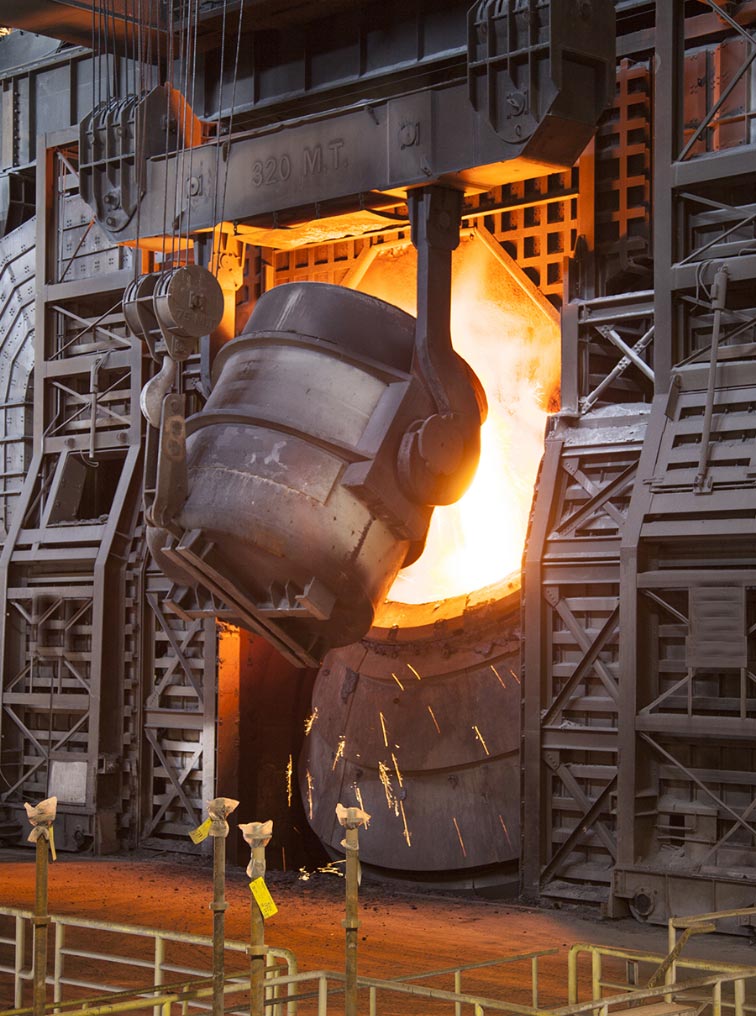
The process by which the material is melted results in a liquid form - the bright orange molten metal can then begin further refinement and processing.
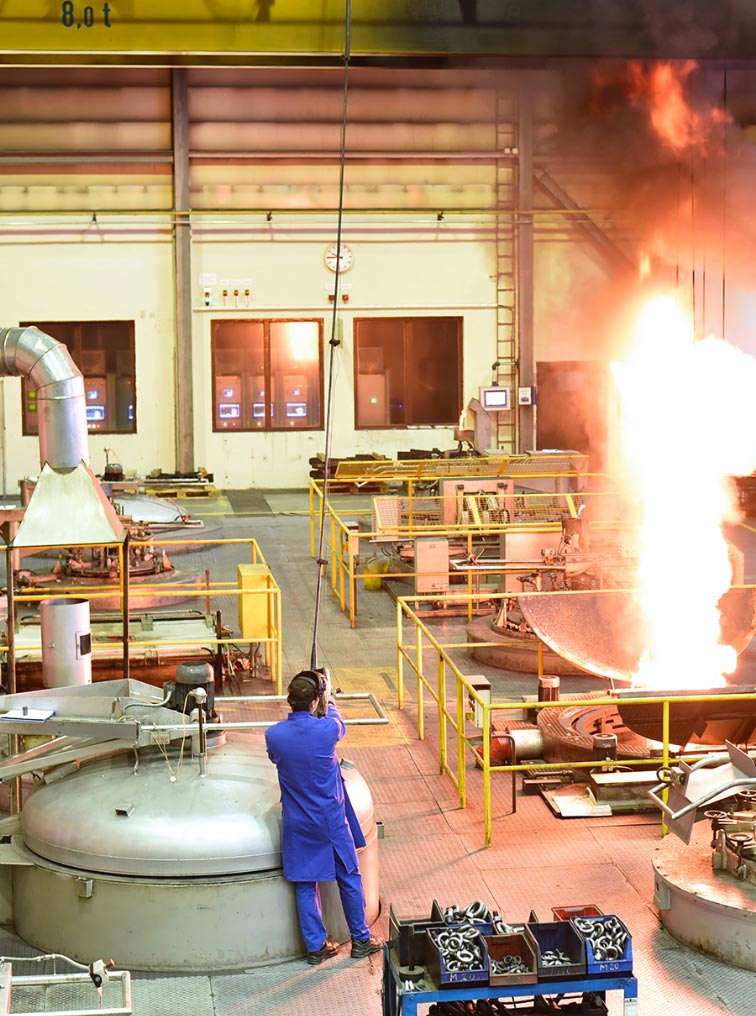
It's here where the first decision is made - the amount of carbon removed at this point determines the type of alloy that will result. Hardness and tensile strength is affected by the amount of carbon removed.
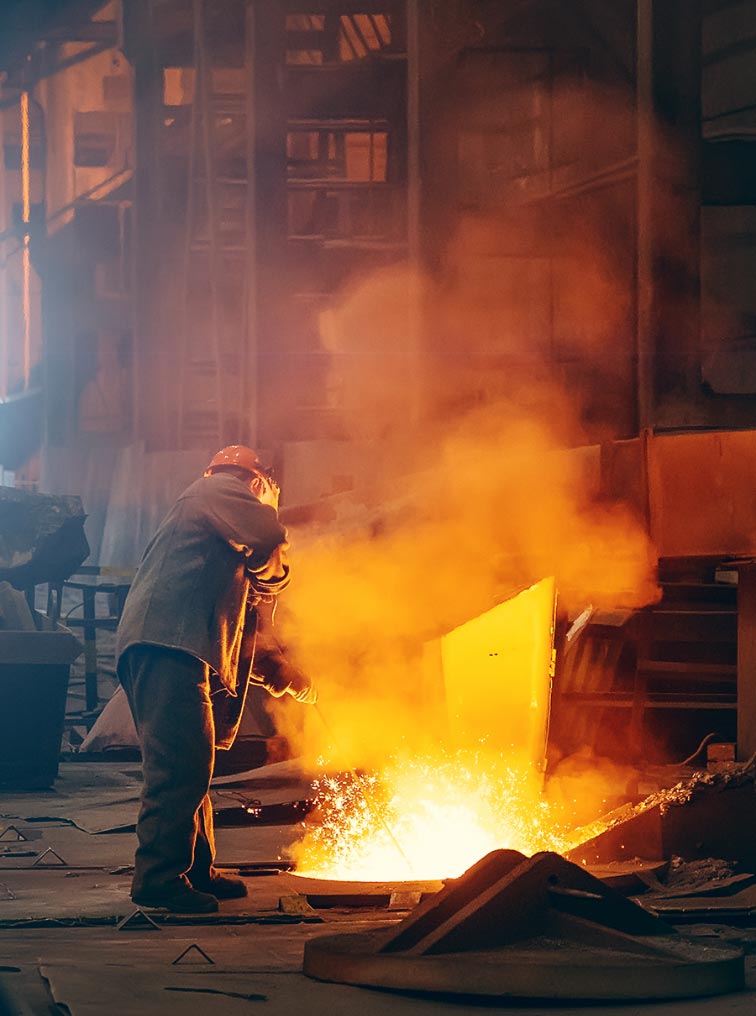
Uniformity of the material is the key here, so comprehensive and smooth agitation ensures a high quality mixture.
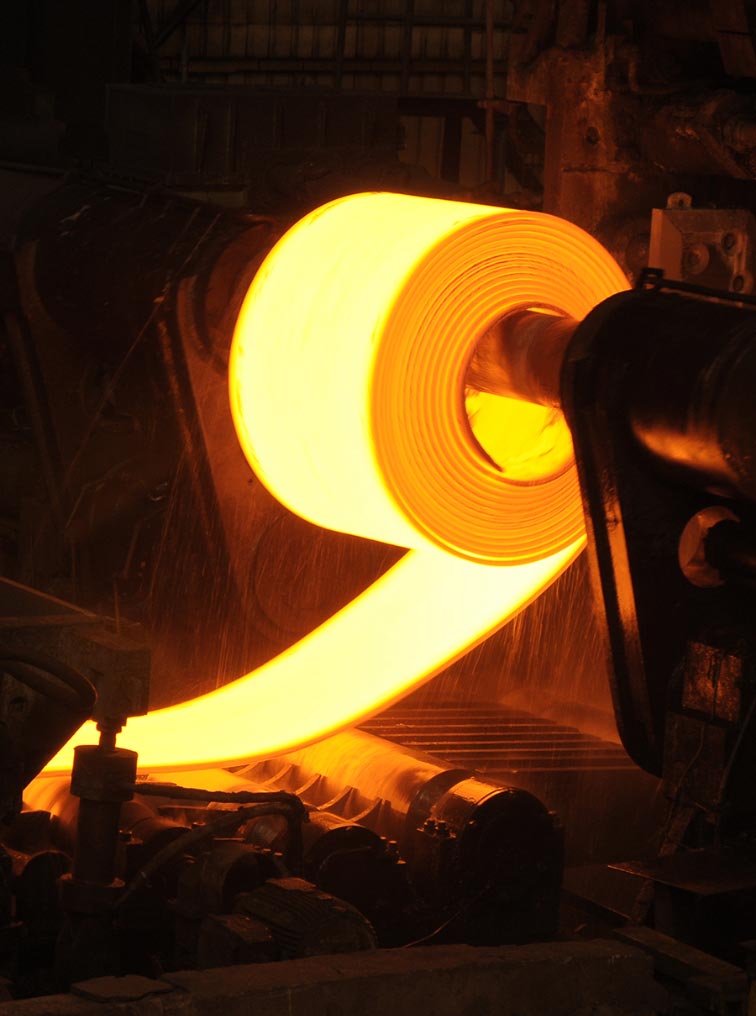
While hot rolling gives the metal its first rough shape, the precise dimensions required for most applications are achieved once the metal cools further, via the process of cold rolling.
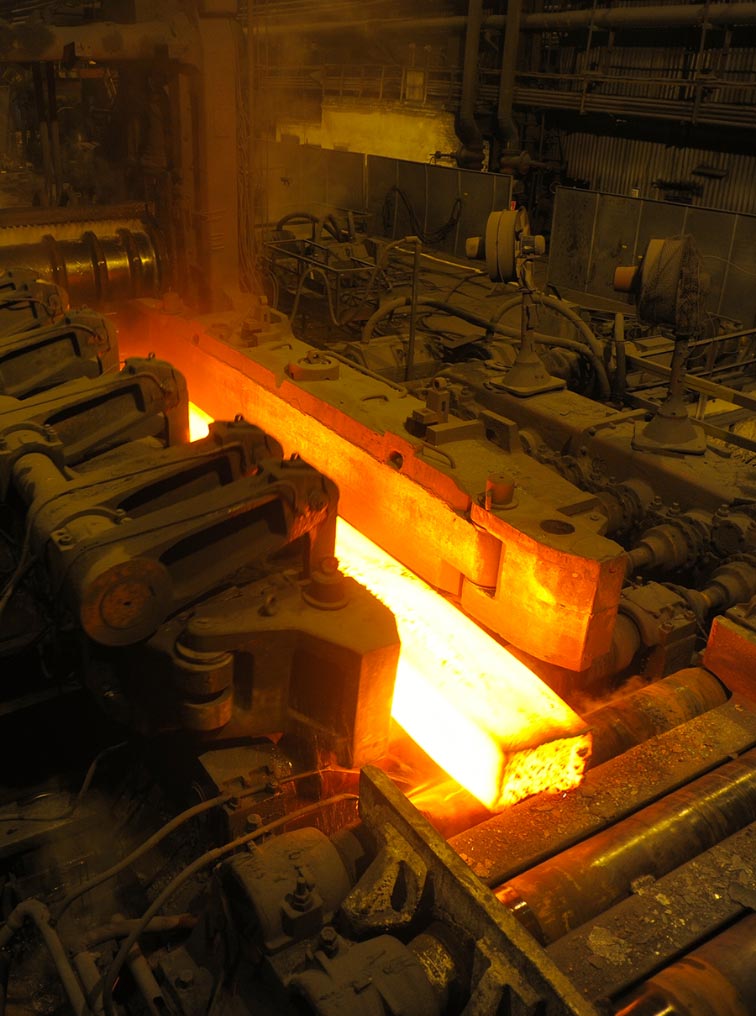
Annealing is used to soften the metal for cold rolling later, increase the machinability of the material or to alter its electrochemical properties. This is a critical step that can determine the uses of any particular steel alloy.
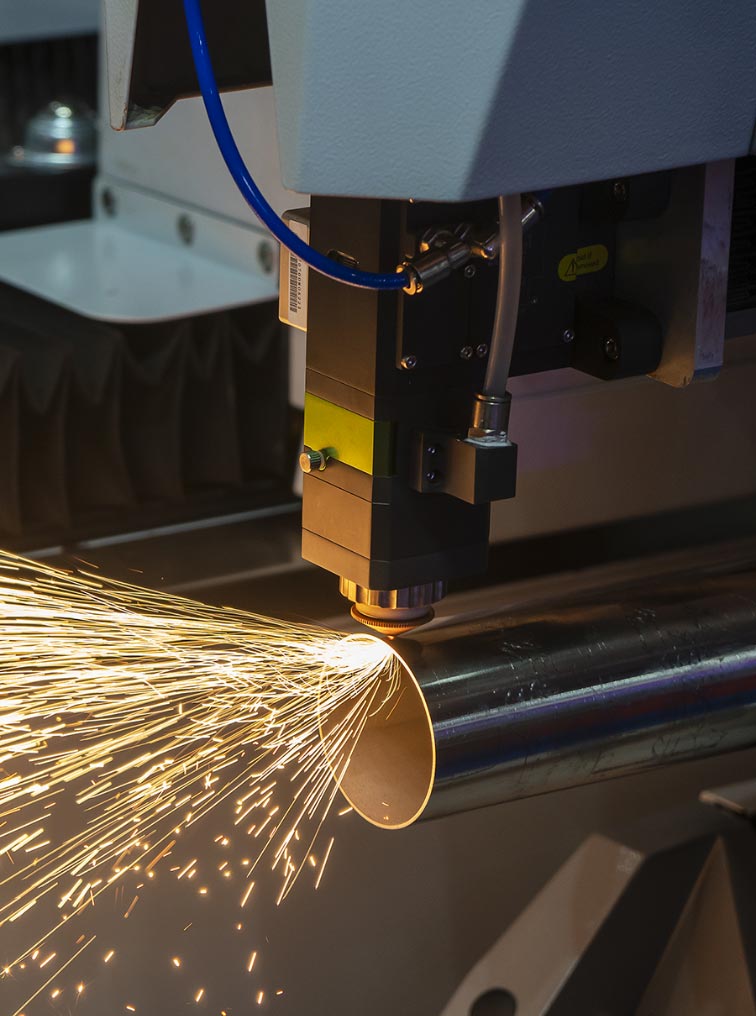
Because of the variability of the material, and with so many industries using the metal for so many different applications, stainless steel's workability makes it one of the most popular materials on the planet.
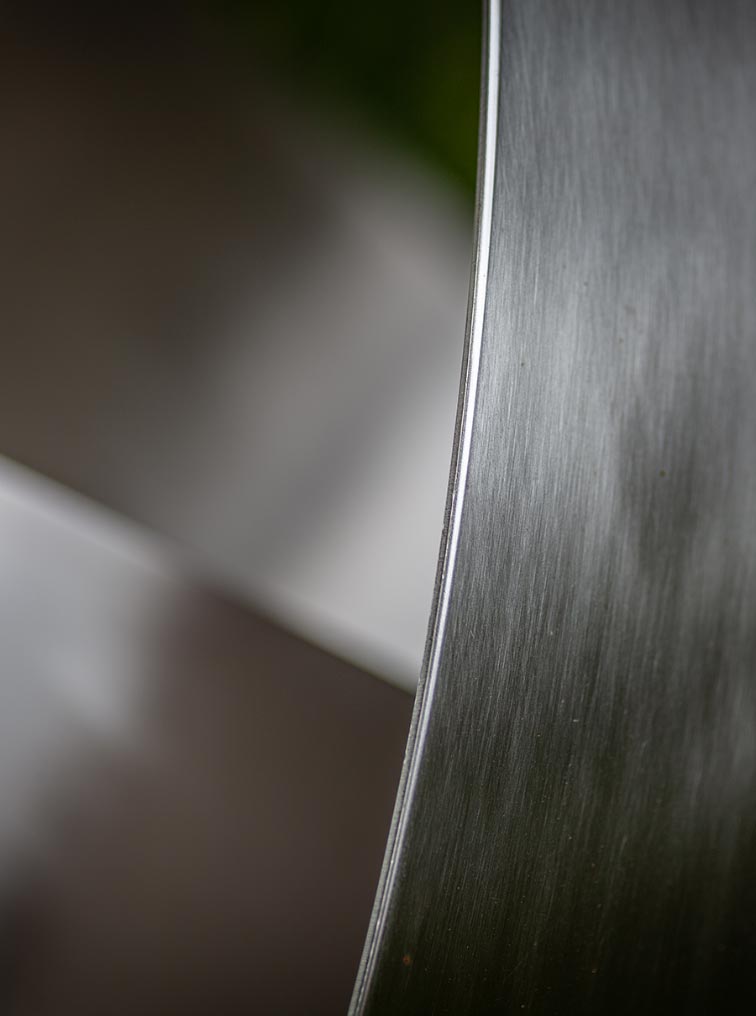
Ultimately, the end user of the stainless steel will determine how finished the surface needs to be. It can be left rough, or polished to a mirror-like shine. Such is the versatility of this marvelous material.